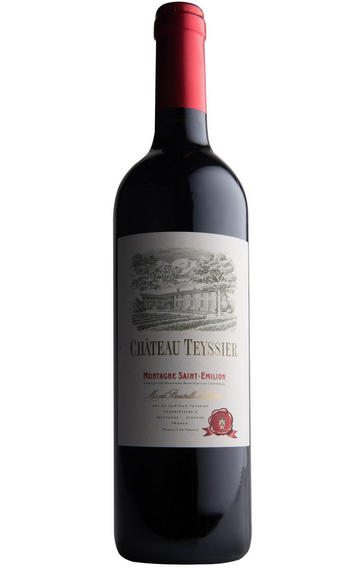
2010 Château Teyssier, Montagne-St Emilion, Bordeaux
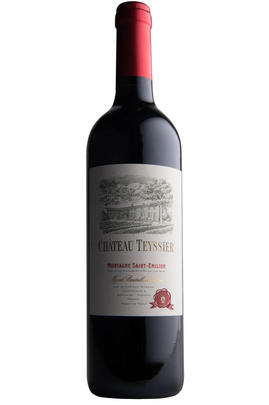
About this WINE
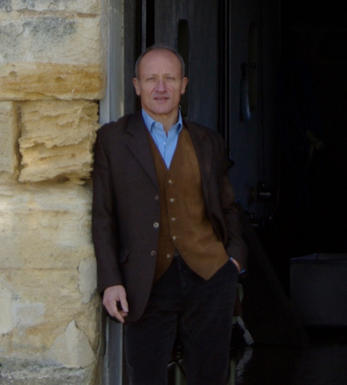
Ch. Teyssier
Vines have been cultivated at Teyssier in the St Emilion satellite AOC of Montagne-St-Emilion since the 15th century. Today there are 50ha of vineyard surrounding a charming 18th-Century Chartreuse.
Antoine Darquey is the fourth generation of his family to take the reins at the property, arriving in 1993 when the estate was in perilous condition. Since 2008 he has been joined by his cousin Thomas Durand Teyssier who took on the role of technical director.
Teyssier’s terroir is very similar to that found in St Emilion itself, with rolling slopes of clay and limestone. Vineyards are planted with 90% merlot and 10% Cabernet Franc. The proportion of Cabernet Franc will be increased to 15% by the 2025 vintage as they value its elegance and contribution to complexity in the blend.
Initially working with renowned consultant Michel Rolland, they have invested and finessed their approach to deliver increasing success. Since 2014 Stephane Dereroncourt has taken over from Michel continuing the drive for quality and a move towards organic viticulture with HVE-3 certification (environmental farming).
Thomas vinifies parcel by parcel, taking account of soil type and age of vines. When it comes to the blending this ensures the flexibility to make the best wine they can. New oak is used modestly and judiciously, the objective being to show off the quality of the fruit rather than expensive casks.
These are excellent quality, great value wines with soul which put many similarly priced wines from neighbouring St. Emilion firmly in the shade.
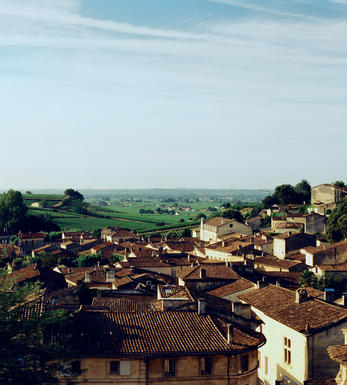
Montagne-St-Emilion
Montagne-St Emilion is a red-wine appellation on the Right Bank of Bordeaux.
It is the largest of St Emilion’s so-called “satellite” appellations, the others being Lussac, Puisseguin and St Georges. The commune sits to the north of St Emilion proper; the vineyards of Pomerol lie to the west.
Among the leading producers here are Vieux Château Saint André – the home estate of the Berrouet family, best known for making the wine at Petrus – and Château Teyssier, led by straight-talking Antoine Darquey.
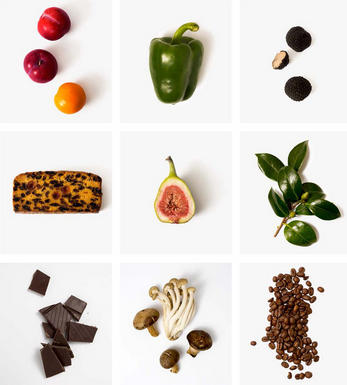
Merlot
The most widely planted grape in Bordeaux and a grape that has been on a relentless expansion drive throughout the world in the last decade. Merlot is adaptable to most soils and is relatively simple to cultivate. It is a vigorous naturally high yielding grape that requires savage pruning - over-cropped Merlot-based wines are dilute and bland. It is also vital to pick at optimum ripeness as Merlot can quickly lose its varietal characteristics if harvested overripe.
In St.Emilion and Pomerol it withstands the moist clay rich soils far better than Cabernet grapes, and at it best produces opulently rich, plummy clarets with succulent fruitcake-like nuances. Le Pin, Pétrus and Clinet are examples of hedonistically rich Merlot wines at their very best. It also plays a key supporting role in filling out the middle palate of the Cabernet-dominated wines of the Médoc and Graves.
Merlot is now grown in virtually all wine growing countries and is particularly successful in California, Chile and Northern Italy.


Buying options
Add to wishlist
Description
Ch. Teyssier is located in the tiny wine appellation of Montagne-St Emilion. The vineyard dates back to the 15th century and surrounds a charming 18th century château. The vineyard covers 21 hectares on a clay/limestone hillside to the north-east of St Emilion, and in the early 1990s received considerable investment, with much work done the vineyard and the cellar. As a result, the quality of wines improved exponentially.
Wines at this “petit château” level from the outstanding 2010 vintage are now at their prime. Here there are lovely evolved notes of plum and cedar, and a generous, neatly structured palate is driven by the equilibrium and exceptional conditions of the year.
An over-achieving estate for a number of years now, this dense purple wine exhibits oodles of creme de cassis and licorice, hints of subtle barbecue smoke and toast, terrific texture and a long, succulent, fleshy finish. It is not all that dissimilar from the 2009 in terms of its flamboyance and drinkability, although I suspect that analytically the pH is slightly lower and the tannins a bit higher than those of its older sibling. Drink it over the next 10-15 years.
Robert M. Parker, Jr. - The Wine Advocate# 205 - Feb 2013
wine at a glance
Delivery and quality guarantee